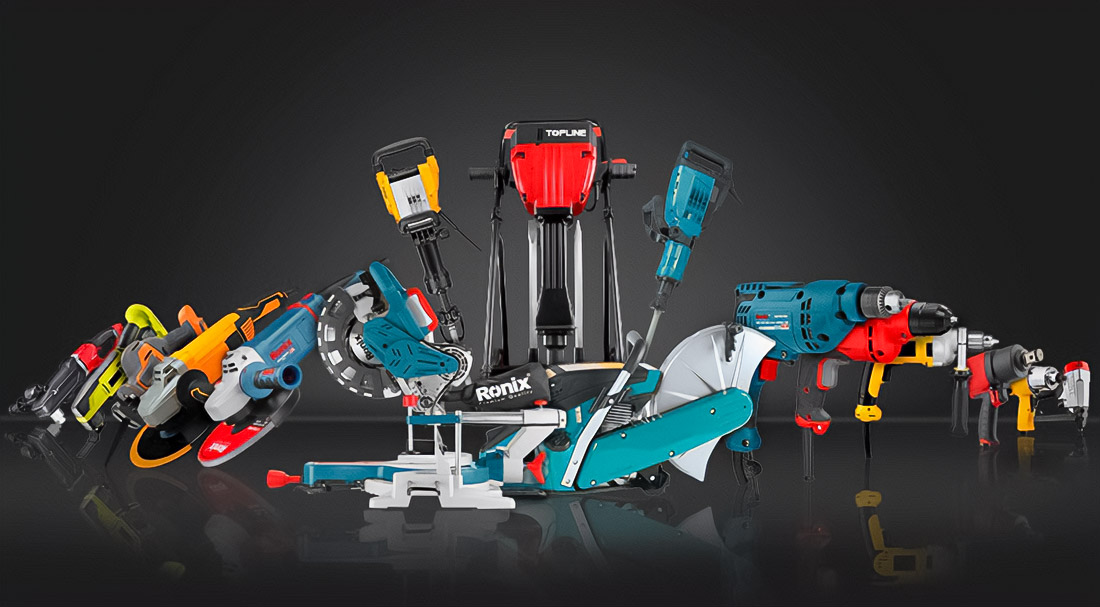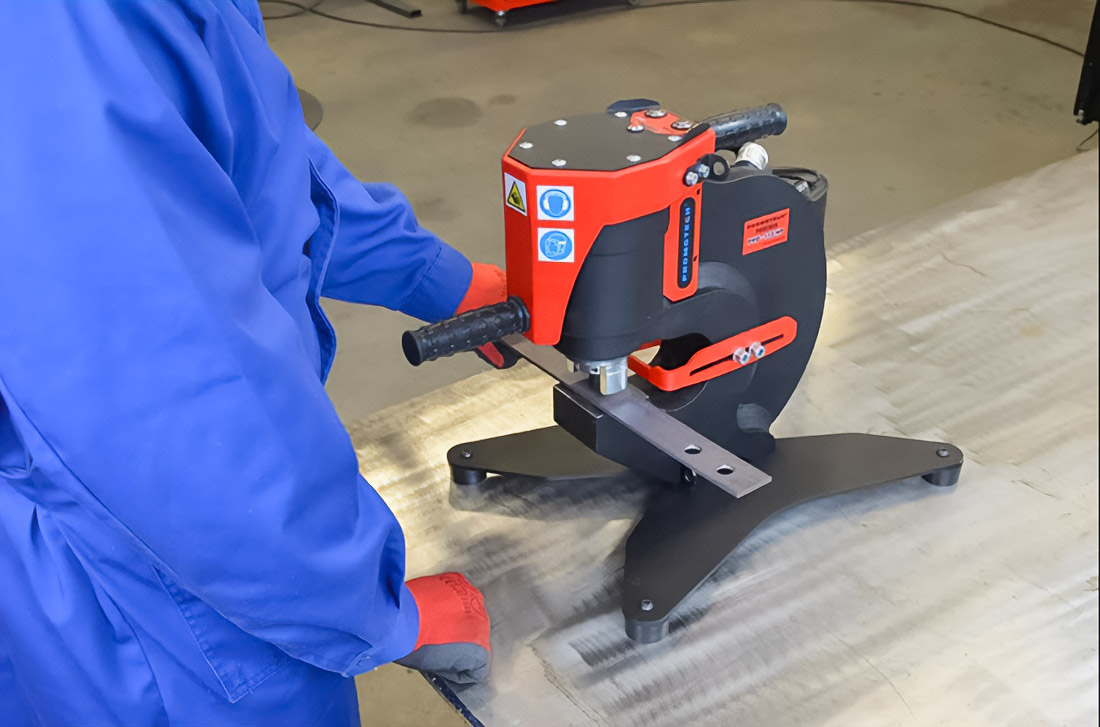Contemporary Production of Glass and Optics: Hostages of High Technologies
Production of Glass and optics occupies a central place in our technological environment and industry of the XXI century. Glass is not just part of window frames — it constitutes the foundation of various complex optical devices used in medicine, telecommunications, science, and much more. A number of applications continue to grow: for example, in 2021, the world market of photonics, including Glass and optics, exceeded 600 billion AED. Each year, technologies change, and this opens new horizons for development. Let’s understand why scratch-resistant hand tools Dubai are important in this dynamic industry.
Revolution of Tools: From Standard to Resistance
Tools, resistant to scratches, have the unique ability to preserve the smoothness and integrity of their surface even under intensive exploitation. These tools are often manufactured with the application of hardened steel and ceramics and are also equipped with innovative coatings, preventing the occurrence of scratches. This means that enduring high loads serves longer, which is critically important for the assembly of Glass and optical products sized only in microns. They quickly became standard in the production of glasses, which only in Europe estimated at more than 40 billion euros annually.
Why Scratches This Problem: From Damage to Replacement

Scratches can significantly reduce the quality of the product and lead to serious production troubles. In particular, in optics, the surface, even slightly damaged, can distort light flows, affecting the clarity of images. In the production of Glass, scratches can lead to uneven load and, ultimately, to the formation of cracks. In 2020 year, according to estimates, up to 15% of defects in optical products arose exactly because of scratches, which forced companies to revise their policy of quality.
Economic Expediency: How to Reduce Costs and Unnecessary Risks

Introduction of resistant to scratches tools — this not only reduces losses but direct savings. Modern enterprises face a multitude of defects daily, a reworking of which costs not cheaply. Investments in reliable tools can reduce these costs by 30-50% since their durability repeatedly increases. Studies showed that companies that introduced new solutions could reduce the number of defects by 20%, increasing their profitability.
Breakthrough Technologies: How Nanotechnologies Change Production

Modern technological innovations, such as diamond coating and ceramic coatings, provide additional protection from mechanical damage. More often, companies explore the use of nanotechnologies to create tools that are more resistant to physical impact. In leading companies in the USA, expenses on research and development make up to 10% of the total budget — these investments pay off both in the quality of the product and in the reputation of the firm.
Examples of Serious Achievements: From Glance to Reality

Companies, such as Corning, known for its specialized glass products, received a 15% growth of turnover thanks to the application of resistant to scratches tools. In the optical industry, such giants as Zeiss and Nikon clearly see substantial returns from innovations in their production processes. Using the latest methods, they could improve the quality of their products by 12%, ensuring themselves leading positions in the market.
Long-term Perspectives: Way to Innovations and Leadership

Use of tools that are not subject to scratches is not just a trend — this is a necessity for the future. Companies strive not only to increase production but also to maintain high standards, outpacing competitors in technological superiority. Each first place in the rating of consumer trust is a result of quality solutions and thoughtful investments, which is confirmed by data: companies actively introducing innovations by 40% more often remain leaders of the market.
Thus, resistant to scratches tools are the foundation of not only current but also prospective solutions. For companies oriented on long-term success, their introduction is not just desirable but necessary for the preservation of competitiveness and constant growth.

Biker, feminist, hiphop head, Saul Bass fan and recent OCAD grad. Making at the intersection of art and mathematics to create not just a logo, but a feeling. My opinions belong to nobody but myself.
